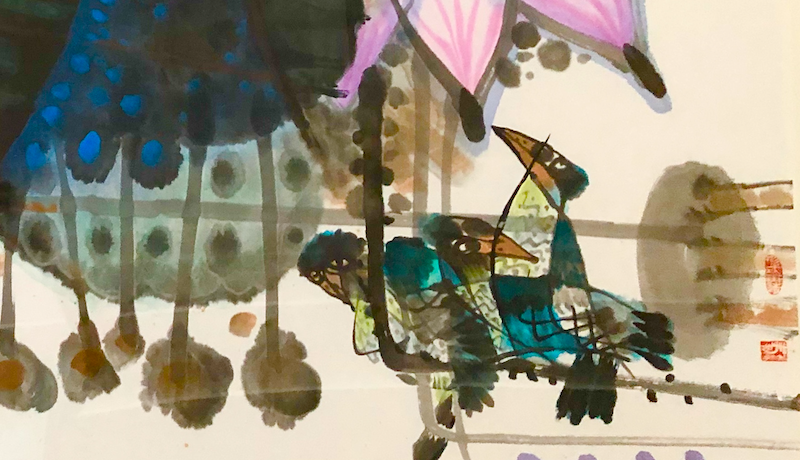
- Artist : Mr. Chau-yih Yu
In response to enquiries from industry players in wearable technology and the Institute for Information Industry (a government-sponsored research organisation), the National Communications Commission (NCC) has revealed a possible plan on frequency allocation for the Internet of Things which would support numerous applications, including:
• smart meters deployed in the smart electric grid;
• wearable devices;
• road-traffic surveillance; and
• traffic-control systems.
The NCC has been watching the development of the US Federal Communications Commission’s
plan on ‘TV White Space’ and has begun to research abandoned television frequencies in the 500
megahertz (MHz) to 600 MHz very high frequency (VHF) and ultra high frequency (UHF) bands. On
November 16 2014 an NCC spokesman said that the switch to digital television in July 2012 has
freed up large areas of these bands and around 50 MHz could be reserved for applications for the
Internet of Things.
The NCC has yet to decide if a frequency licence would be required for the use of VHF and UHF
frequencies. However, it is planning to work with the Ministry of Transportation and Communication and the Ministry of Defence to build a spectrum databank for public access, which would help technology providers and industry players to access useful information regarding unused frequencies for the development of their new applications and services. The NCC is also evaluating a potential interference issue alongside the release of identified frequencies to be allocated to the Internet of Things.
The materials contained on this website are for general information purposes only and are subject to the disclaimer.

